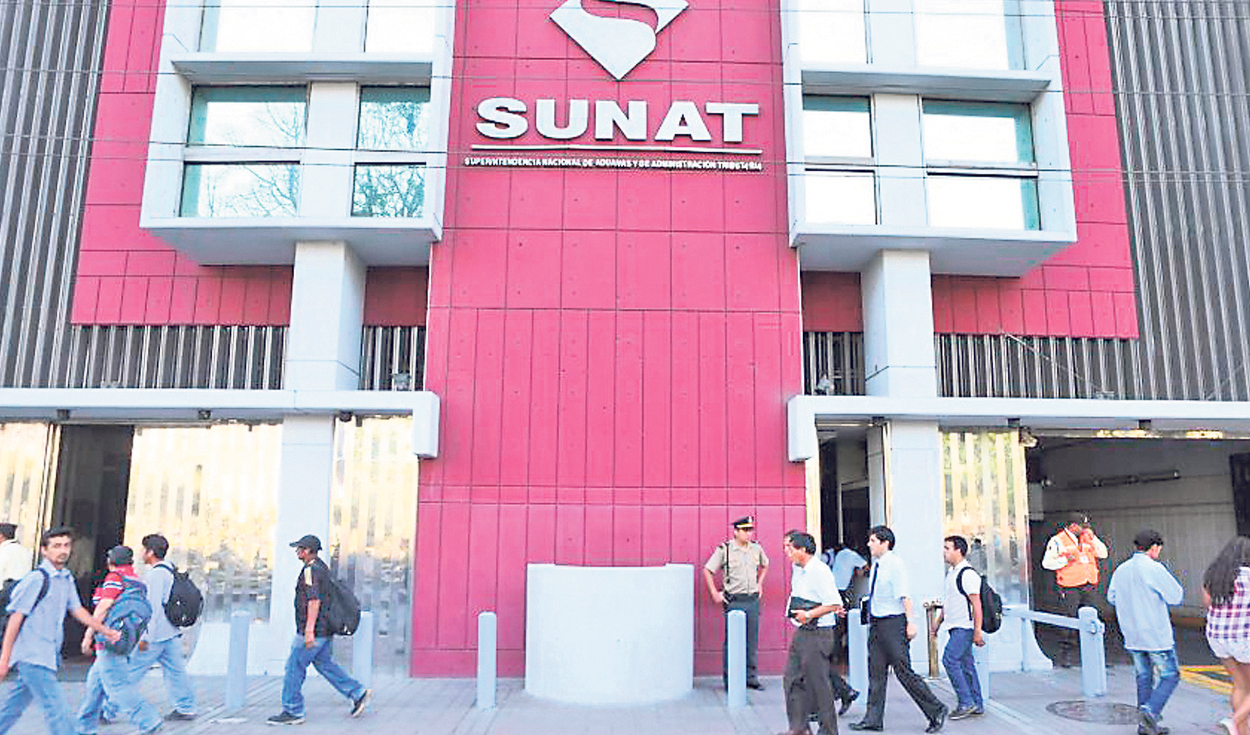
What is the point of charging interest on an unpaid debt? That money is devalued over time: S / 10 today are not the same as a decade ago. With the ruling of the Constitutional Court (TC), which condones interest to companies debtors that prosecute their case even for decades, a perverse incentive is generated for all of them to seek to reach this instance in order to gain financial leverage, according to experts consulted by this medium.
The mechanism is simple: the interests that the Sunat charges are below the market value. Consequently, today it is more profitable to take the money that was from taxes to continue investing —and end up paying later with reduced interest— than to borrow at higher rates with the bank for the same time. Meanwhile, the money is moving.
“The TC discourages voluntary and timely compliance, with a practice that only large taxpayers would support that lawyers can afford,” says the source.
Thus, a career is promoted, with calculated deadlines, to lengthen the process as long as possible, to the extent precautionary through, to freeze any payment.
It is not the only prerogative with which the TC tilts the ground. When you have a debt with the market, the rate is very high and there is no suspension period, as there is in a dispute with the State. If it is challenged and then lost, the bank will end up paying the interest that accrued in the process.
MEF: large taxpayers prefer to litigate their debt
Sunat estimates a loss of S/12,000 million that would stop being charged for interest to companies that maintain debts with the State.
In the administrative stage, interest is only generated for a disputed debt within the established terms: 9 months for Sunat and 12 for the Tax Court. But when you reach the Judiciary, there are no deadlines. The problem is that the TC, which would have already agreed to review its own sentence, does not have them either.
Of the 3,783 RUC that, as of November 2020, were in litigation, 956 were from large taxpayers who disputed a tax debt of more than S/27,000 million, out of a total of S/118,000 million. “Of the tax debt that is disputed, the largest proportion is concentrated in the large ones,” according to MEF.
In the collective ideology, there is the belief that the Sunat it only pressures the ‘little ones’, and not the ‘big ones’. Actually, it is because the latter go to trial.
Source: Larepublica
Alia is a professional author and journalist, working at 247 news agency. She writes on various topics from economy news to general interest pieces, providing readers with relevant and informative content. With years of experience, she brings a unique perspective and in-depth analysis to her work.











